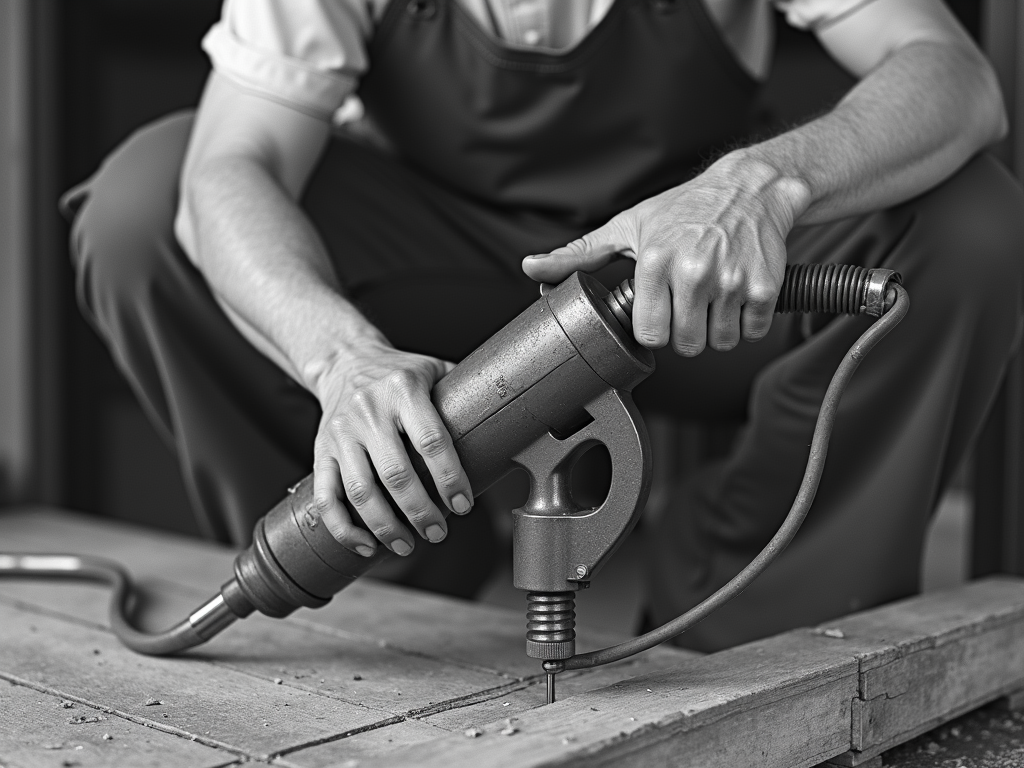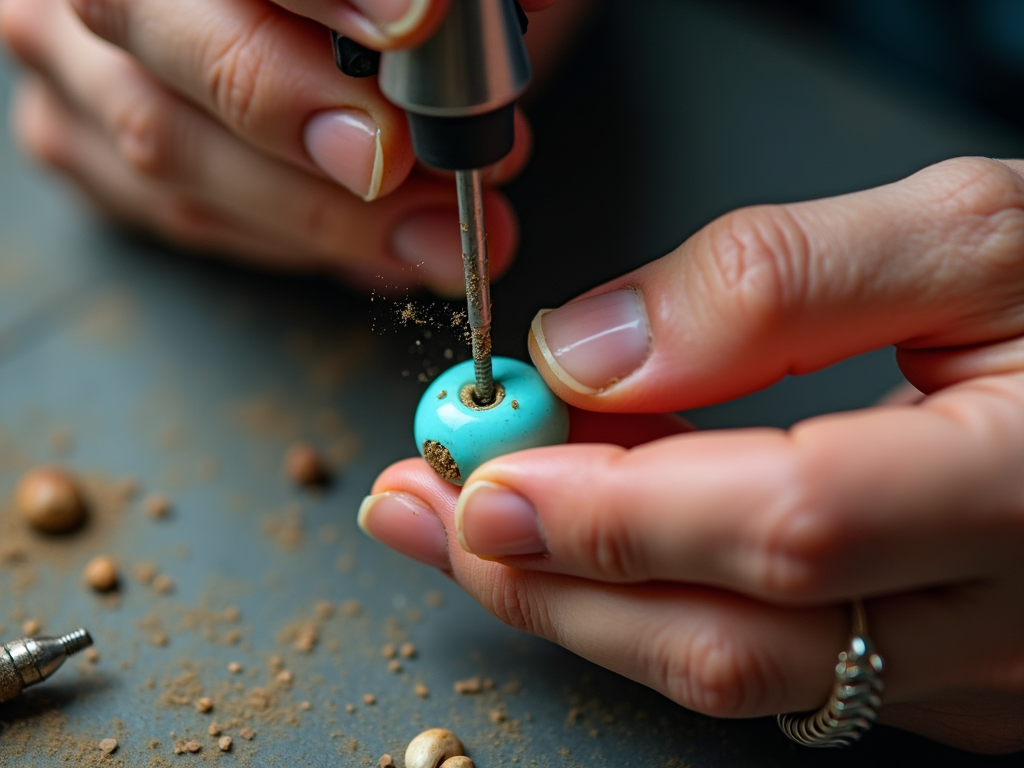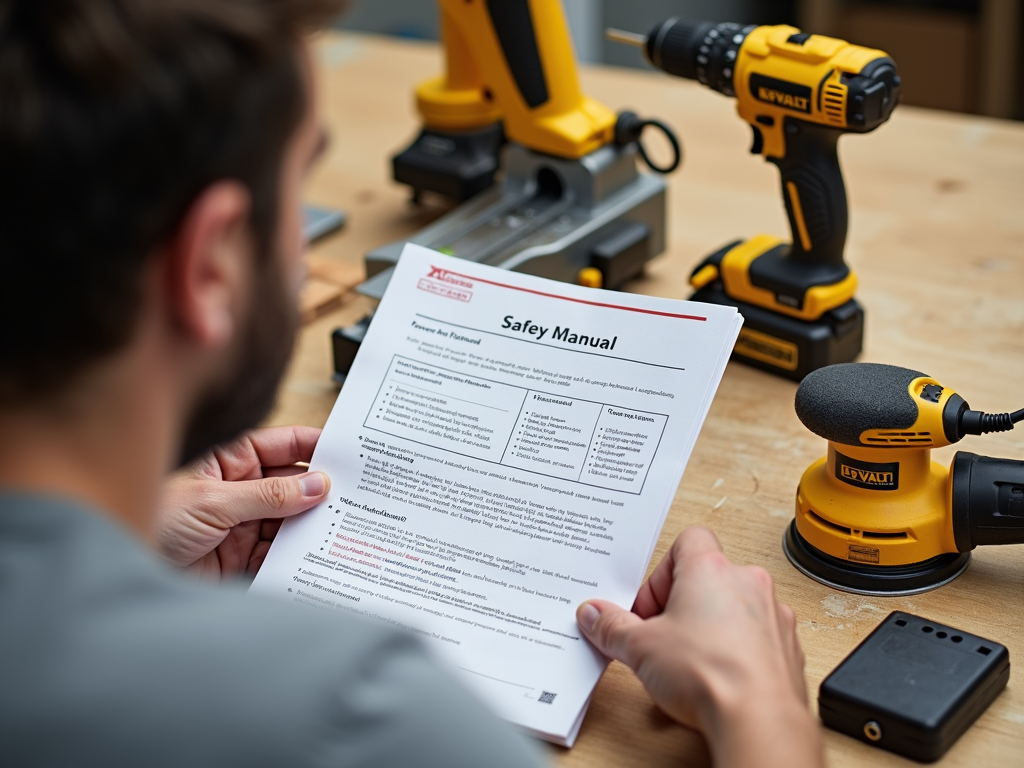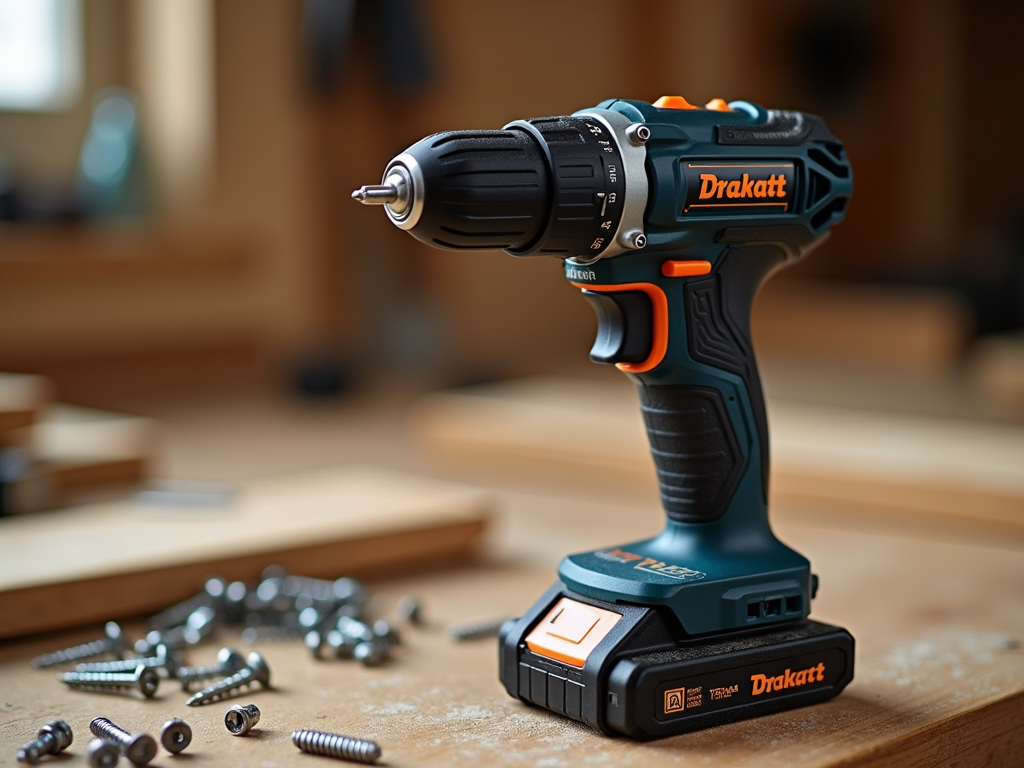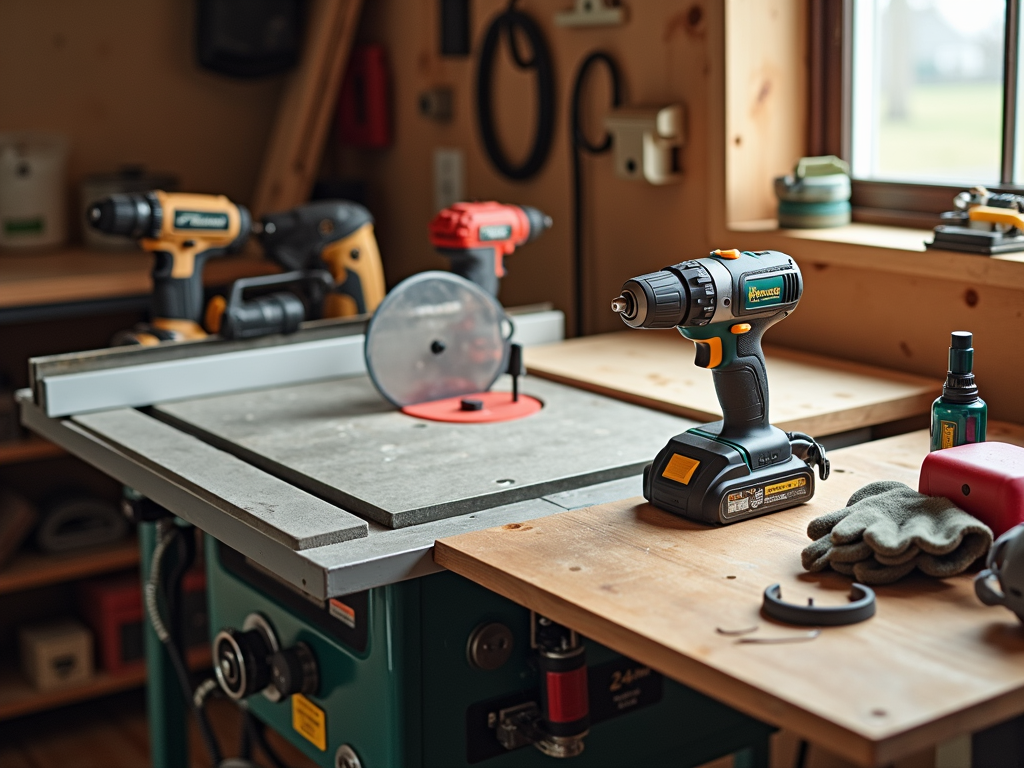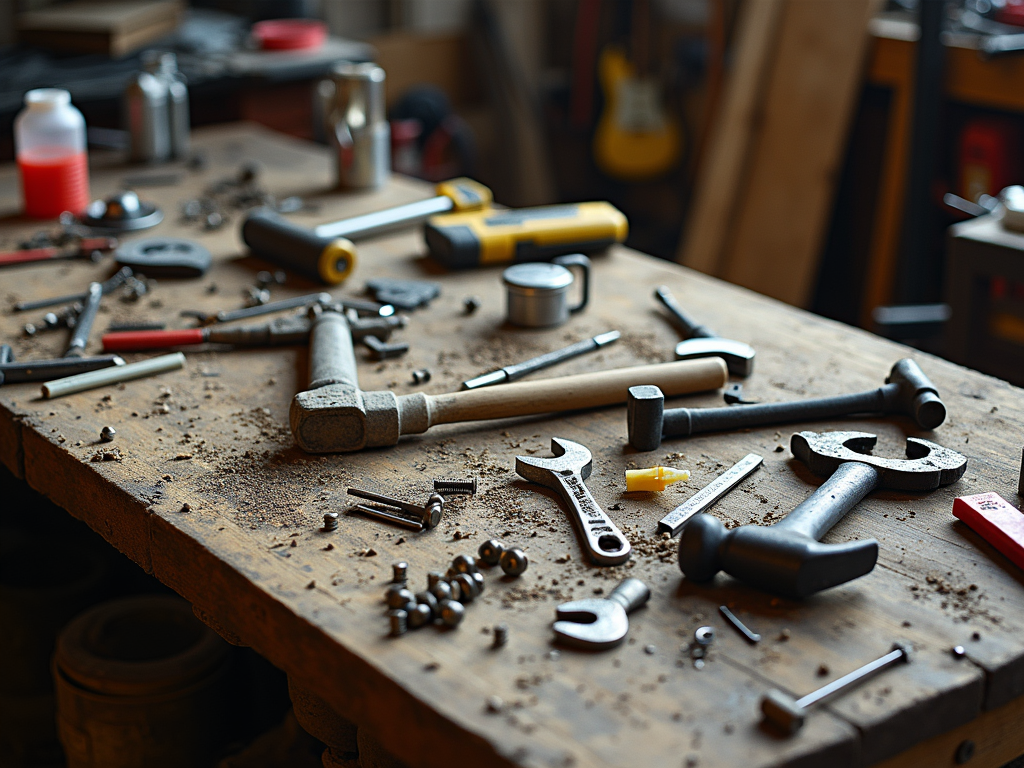Overview
Circular saws are essential power tools for woodworking enthusiasts and DIYers alike. This guide provides a comprehensive look at circular saws for beginners, covering everything from understanding the tool to using it safely and effectively.
What is a Circular Saw?
A circular saw is a handheld power tool that uses a rotating blade to cut through various materials, most commonly wood. It's a versatile tool that can make straight cuts, bevel cuts, and even plunge cuts with the right technique. Circular saws have been around since the 18th century, but modern versions are powered by electricity, making them more efficient and easier to use. The blade spins at high speeds, allowing for quick and clean cuts. Unlike table saws, which are stationary, circular saws can be taken to the workpiece, making them ideal for on-site jobs or large projects.
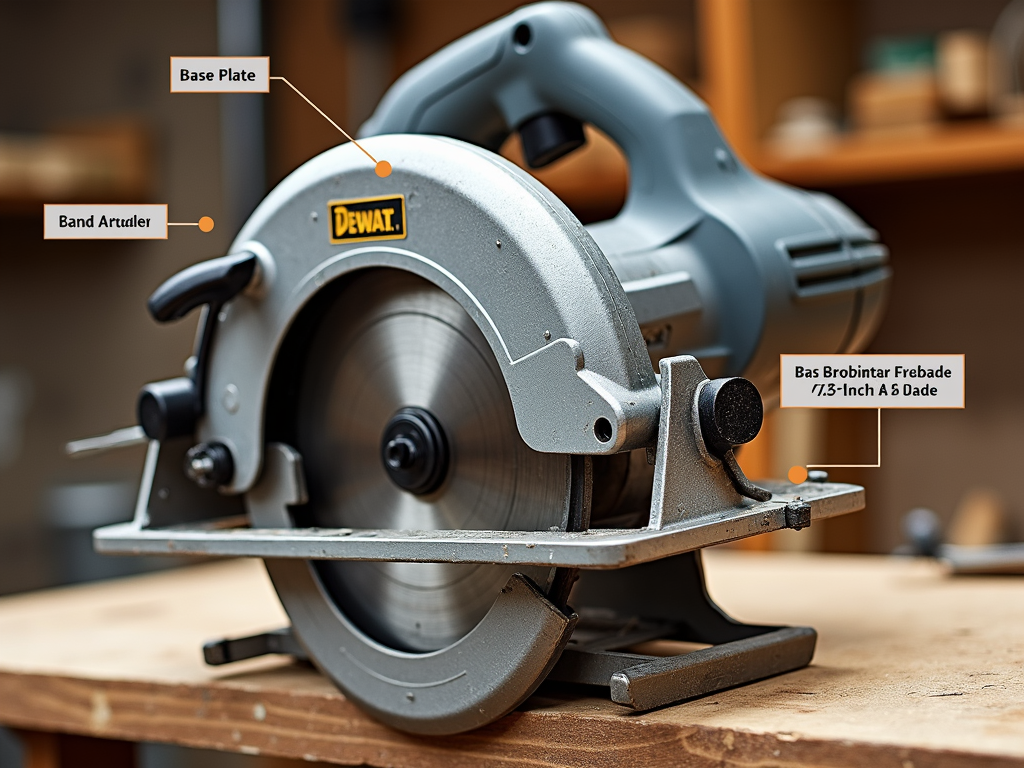
Types of Circular Saws
There are two main types of circular saws: sidewinder (or inline) and worm drive.
-
Sidewinder Saws: These are lighter and more compact, making them easier to handle for beginners. The motor is mounted directly on the blade's axis, allowing for faster blade speeds. They are ideal for general use and overhead cuts.
-
Worm Drive Saws: These are heavier but offer more torque, which is beneficial for cutting through thicker or harder materials. The motor is mounted at a right angle to the blade, connected by gears, providing more power for heavy-duty tasks.
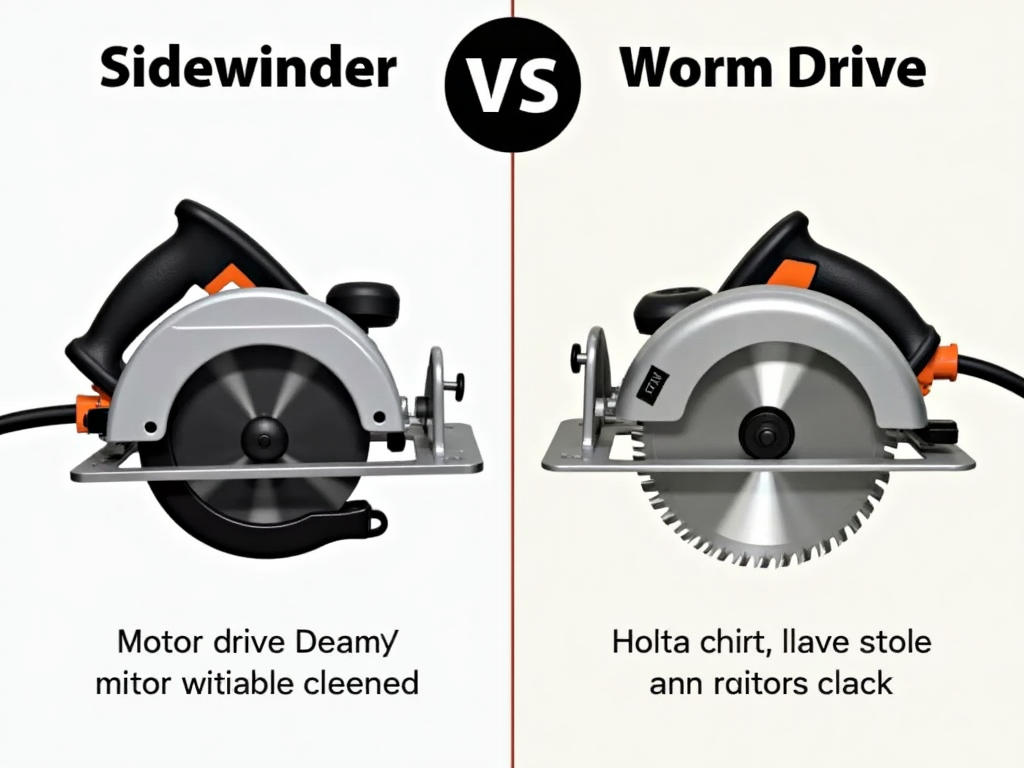
Choosing the Right Circular Saw
When selecting a circular saw, consider the following features:
- Blade Size: Common sizes are 6.5" and 7.25". Larger blades can cut through thicker materials.
- Motor Power: Measured in amps, higher amp motors can handle tougher cuts.
- Bevel Capacity: Allows for angled cuts, typically up to 45 degrees.
- Additional Features: Laser guides, dust blowers, and electric brakes can enhance usability.
For most beginners, a 7.25-inch sidewinder saw with a 15-amp motor is a good starting point. This size can handle a variety of tasks, from cutting plywood to framing lumber. Look for models with adjustable bevels and depths, as well as safety features like electric brakes.
| Model | Blade Size | Motor Power | Bevel Capacity | Price |
|---|---|---|---|---|
| Model A | 7.25" | 15A | 0-45° | $100 |
| Model B | 6.5" | 12A | 0-45° | $80 |
| Model C | 7.25" | 15A | 0-56° | $120 |
Safety First
Using a circular saw safely is paramount. Always wear safety glasses, hearing protection, and a dust mask. Ensure the workpiece is securely clamped to prevent movement during cutting. Understand the risk of kickback, which occurs when the saw suddenly jerks back towards the user, often due to the blade binding in the material. To prevent kickback, ensure the blade is sharp, the depth is set correctly, and you're not forcing the saw through the cut. According to the Power Tool Institute's safety guidelines, proper use of personal protective equipment can significantly reduce the risk of injury.

How to Use a Circular Saw
- Set up your workpiece on a stable surface and secure it with clamps.
- Adjust the depth of the blade to just below the thickness of the material.
- Align the saw with your cut line, using a straight edge if necessary.
- Start the saw and let it reach full speed before making contact with the material.
- Push the saw steadily through the cut, keeping it flat against the workpiece.
Before starting, mark your cut line clearly with a pencil. If precision is crucial, use a straight edge or a guide rail to keep the saw on track. When starting the cut, position the saw so the blade is just off the edge of the material, then squeeze the trigger and wait for the blade to reach full speed before moving into the cut.
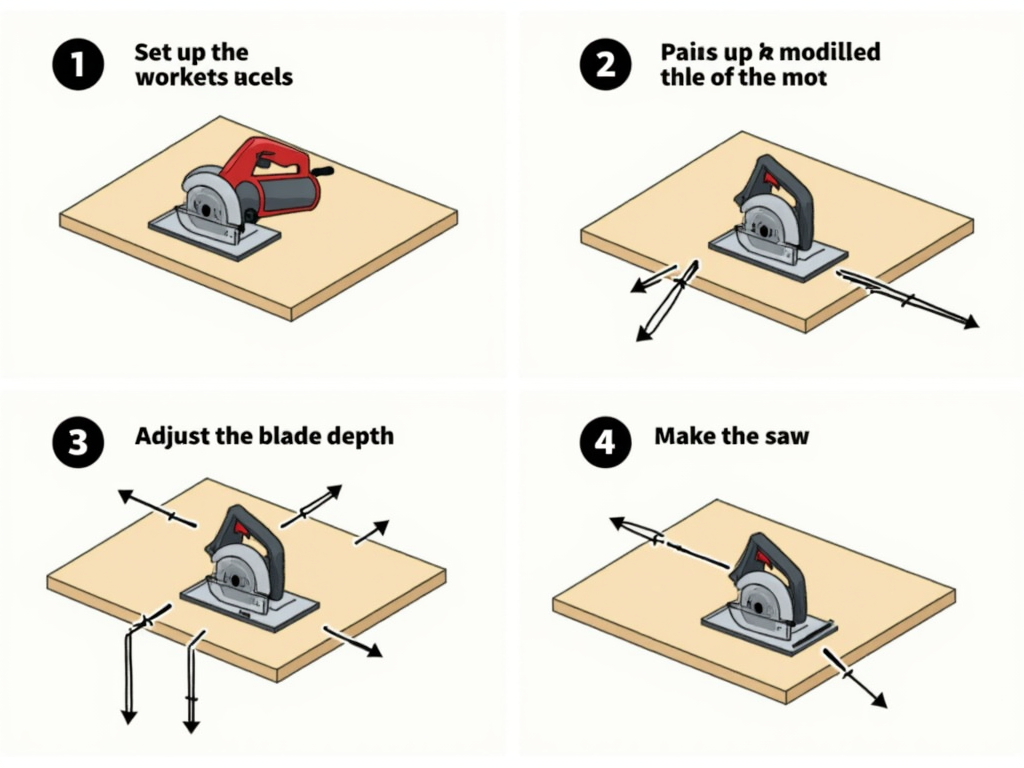
Maintenance Tips
- Clean the saw after each use to remove dust and debris.
- Check the blade for wear and replace it when necessary.
- Store the saw in a dry place to prevent rust.
- Inspect the power cord regularly for any damage.
- Ensure the blade is tightened securely before each use.
If the saw starts to make unusual noises or vibrations, it may be time for maintenance or blade replacement.
Summary
Circular saws are powerful tools that can greatly enhance your woodworking projects. By understanding the different types, choosing the right one for your needs, and following safety guidelines, you can use a circular saw confidently and effectively. Remember to maintain your saw properly to ensure its longevity and performance.
Related Comprehensive Guide to Circular Saws for Beginners:
- Essential Electrical Tools for Wiring and Installations
- How to Clean Your Deck with a Power Washer: A Step-by-Step Guide
- Top Ergonomic Power Drills for Reduced Fatigue
- Electric vs. Gas Power Washers: Which Wins?
- Rotary Tools for Jewelry Making: A Comprehensive Guide
- The Ultimate Guide to Power Tool Safety
- Care and Maintenance of Your Power Tools: A Guide for Woodworking Enthusiasts
- Key Features to Look for in Cordless Power Tools: Your Ultimate Guide
- A Beginner's Guide to Power Tools for Home Workshops: Essential Tools and Safety Tips
- The Complete Beginner’s Guide to Home Wiring
- Why Upskilling Matters in Automated Factories
- Organizing Your Workbench for Maximum Efficiency: A Comprehensive Guide

